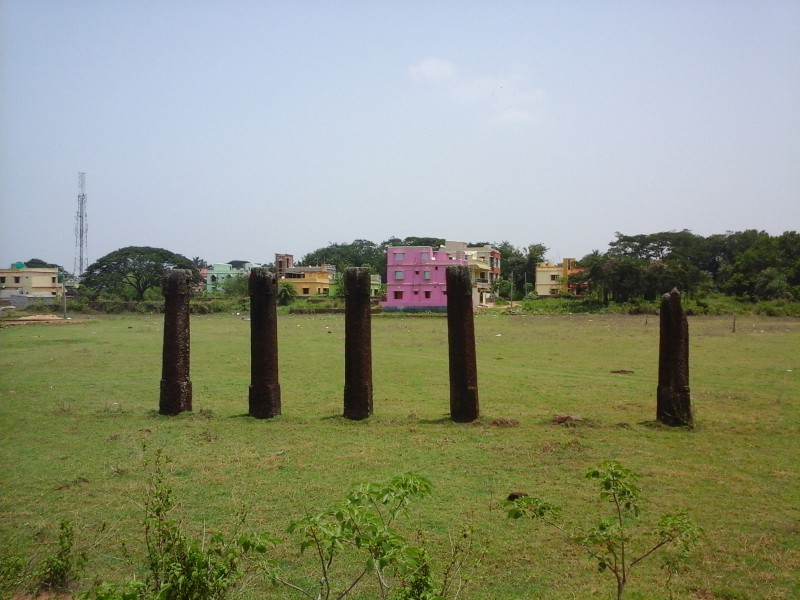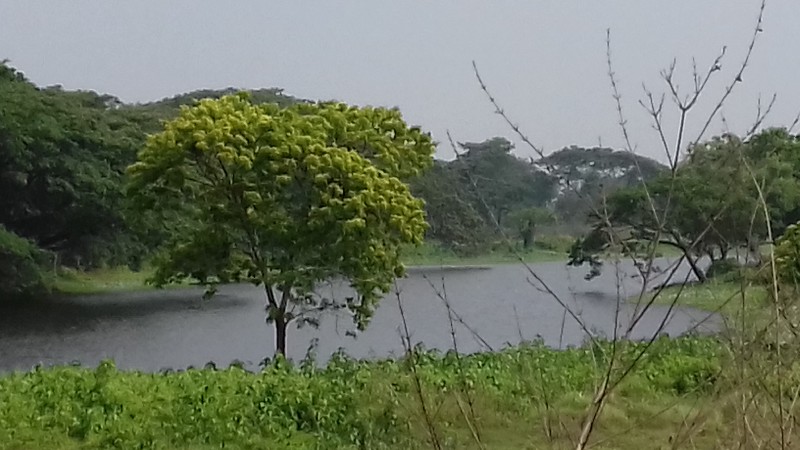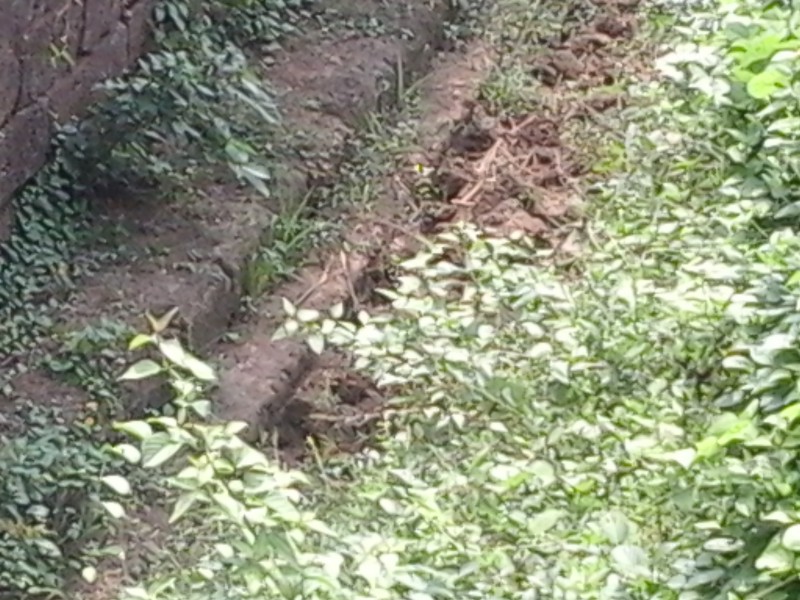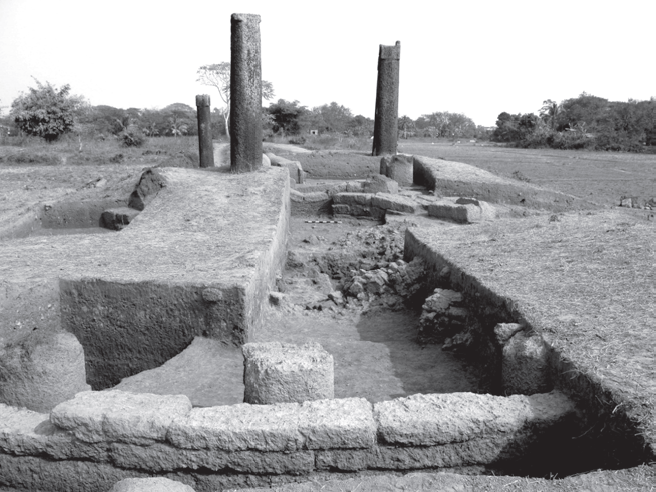Sisupalgarh, the name itself means a lot. The remains of the ancient city Sisupalgarh has been discovered near Bhubaneswar, capital of the Odisha, state in India. And truly, I am fortunate enough to live in the city. I try to find various things regarding Sisupalgarh and to my surprise this monument or rather say city, is one of the most preserved city in the world. The excavations of Sisupalgarh took place in various phases. The first excavations at the site were carried out by Mr.B.B. Lal in 1948.On the basis of the architectural pattern and artefacts discovered during the excavations, Mr.B.B.Lal concluded that this fort city flourished between 3rd century BC and 4th century AD. An American-Indian team took up work in 2001. In 2005 ground penetrating radar revealed the probable position of the southern moat.On the basis of the new findings, Miss Monica L. Smith and Mr.R.K. Mohanty claim that the fortified city flourished from around 5th century BC and probably lasted well after the 4th century. Thus, this defensive settlement originated prior to the Mauryan empire.
The construction of Sisupalgarh was based on JalaDurga(WaterFort) concept, which in odia is known as GadaKhai concept. JalaDurga is a type of durga or fort, which must be situated within water body, and its access is rendered difficult on account of the typical tract. It is divided into two categories, viz., the Anterdvipa (Island fort) and the Sthala durga (Land fort). Antardvipa-durga (island fortress)is surrounded by natural (sea or river) water bodies. Sthala-durga (plain fortress)is surrounded by artificial moats or irrigated by a river. This may be assumed that Sisupalgarh was based on SthalaDurga concept, as we can also find remains of River Gandhawati, which is now famous as Gangua nala.
They also have a planned drainage system. Its really surprising that when urbanisation and planning was not taken place in full fledged form, the planners of Sisupalgarh, develop such kind of design.
The pillars of Sisupalgarh really attracted lots of enthusiastic mind. But, what were the specific uses of these are still not clear. Some room type structues were discovered adjacent to those pillars, during the excavation.
Till now Eighteen stone pillars were excavated, and a lot is there to excavate. Kindly note the body of pillar is plain.
While travelling into the city, I found a small settlement of some people. Near their settlement, a small pond is available.




